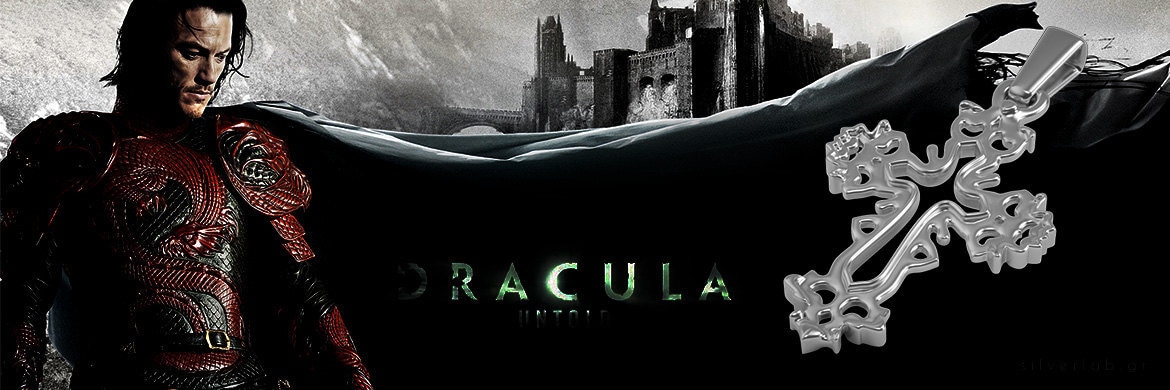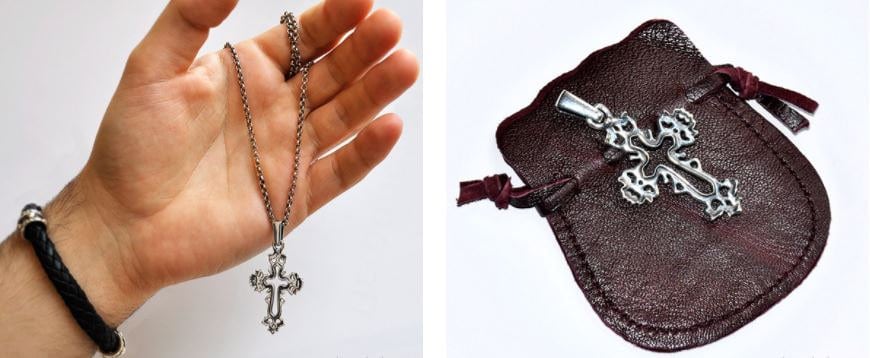The novel 'Dracula' was written in 1897 by Bram Stoker. The story's primary antagonist is Count Dracula, who happens to be a vampire, living in a castle in Transylvania. Dracula was a fictional character but there actually was a medieval aristocrat called Vlad Dracula in Transylvania.Blood-sucking bats do, of course, exist. But only in South America, not Europe.

Nevertheless, Europe has plenty of ancient folklore about demons who have secured immortality by drinking the blood of their victims. Bats are nocturnal and have long been associated with omens so their inclusion in the Dracula story is not surprising.
The history of Vlad Dracula is surrounded by myth and legend, the truth is that nobody is too sure what is what. Vlad the Impaler -Tepes (pronounced tzse-pesh) was born in the town of Sighisoara in Transylvania (now known as northern Romania) in 1431 and later ruled the area of Southern Romania known as Wallachia.
His father was Vlad Dracul who was a knight in the Order of the Dragon which was a union of central and Eastern European rulers who were a tad worried about the rising Ottoman empire.Dracul's Dragon & CrossThe Order of the Dragon's coat of arms was a dragon (the Ottomans) and a cross (Christianity). Vlad Dracul bore this coat of arms on everything, flags, coins, and his seal. It attracted the nickname of "Dracul" I believe coming from the story of the evil dragon in St. George and the Dragon, Dracul meaning Devil in Romanian.
The second son was soon born to Vlad Dracul - that being Vlad II - therefore the name developed an "a" representing the son of Dracul - "DRACULA", the son of the Devil.The word "tepes" in Romanian means "impaler" and Vlad was so named because of his cruel and gruesome habit of impaling humans and leaving them to rot in the sun as a means of punishing his enemies.
In fact, Vlad was called Tepes (the Impaler) only after his death in 1476. Impalement was considered a particularly gruesome form of execution, the victim was stuck on a sharp stake usually the width of a big burly man's arm. Vlad was said to especially enjoyed mass executions, where several victims were impaled at once, and their stakes hoisted upright.
In order to better enjoy these mass spectacles, Vlad routinely ordered a banquet table set up in front of his victims, and would enjoy a leisurely supper amid the pitiful sights and sounds of the dying.It is estimated that Vlad killed some 20,000 men, women and children - the amount of people he killed varies from anywhere between 20,000 to 500,000.
He showed no mercy and often tortured his enemies before killing them.At the same time that Vlad became notorious for his sadism, he was also respected by his subjects because of his fierce campaigns against the Turks.
He was a respected as a warrior and a stern ruler who tolerated no crime against his people, and during his reign erected several monasteries. He was a hero that was both worshiped and feared by his people.
But maybe there was a bit more to Vlad's murderous bloodthirsty habits than we first thought. In 1985 an Idaho physician Dr. Thomas McDevitt suggested that he may have suffered from a bizarre allergic reaction to blood. He claimed that in some allergic reactions to a given substance, sufferers also developed an addiction to that same substance, and if deprived of it they could react in a highly bizarre and deranged manner.
Could Vlad of just been throwing a tantrum every time he craved blood? Portraits of the price depict him with dark circles beneath his eyes, puffy cheeks and a sallow pallid complexion - classic characteristics of some types of allergy victim.
There are various descriptions of the death of Dracula. The most popular being that he was killed in battle against Turks near Bucharest in December 1476. It was also said that he was murdered by disloyal Wallachian boyars just as he was about to overcome the Turks and send them packing.
Other stories describe the Impaler falling in defeat, surrounded by rotting bodies of his loyal Moldavian troops.There is another account of Vlad accidently being struck down at the moment of victory by one of his own men.

